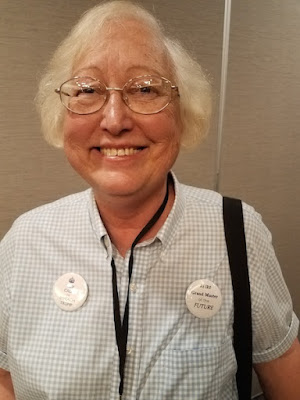.
As always, I was on the road this weekend. Marianne and I took a quick jaunt up to New England for a carol sing at the family chapel of friends. We've been hearing about this neighborhood event for (my god, can it be?) decades and always resolved to attend some day. This year, Marianne decided that we must.
So we did.
Oh my, but it was heartwarming. Partly it was because the organizers knew that children would get restive after an hour and kept it from dragging. Partly it was because it was a tradition that went back at least a lifetime. Partly it was because the carols were sung only for two verses and so stopped before their composers ran out of inspiration and started stringing words together at random.
Mostly, it was because it was a neighborhood thing. People who knew each other from childhood made sure the organ was working, decorated the chapel, checked beforehand that everything was in place, put the songbooks out.
Then we sang.
I'll admit that my contribution was... what's the word? Corvine. Ever since I was the only child to be thrown out of the Second Grade Choir at St. Stephen's in Schenectady for vocal inadequacy, I've been painfully aware of what an offensive singing voice I have. And yet, in combination with a multitude of voices, we (including, mirabile dictu, me) sounded angelic.
It was a genuinely spiritual experience.
Marianne and I fit right in as the strangers at the feast. Afterward, though, a woman whose name I did not get told me that at the beginning of the event, the chapel was mostly full of strangers to her. But that after an hour's caroling, she knew that they were all neighbors.
Even the two strangers who had come up from Philadelphia for the event.
Merry Christmas to all! Happy Hanukah! Pagan Solstice! And all other wintry religious festivals to those who cherish them! I hope your new year is even happier than the one I hope for myself.
*
























